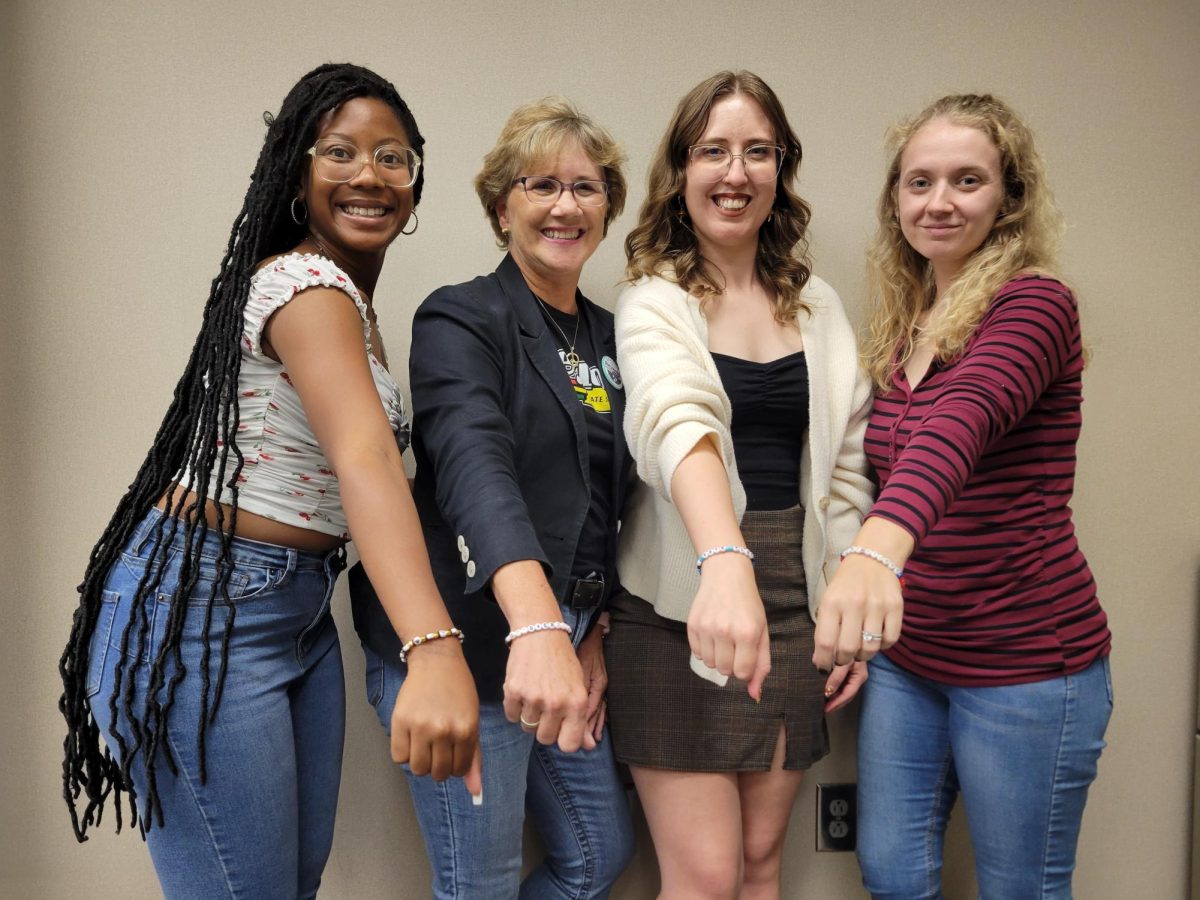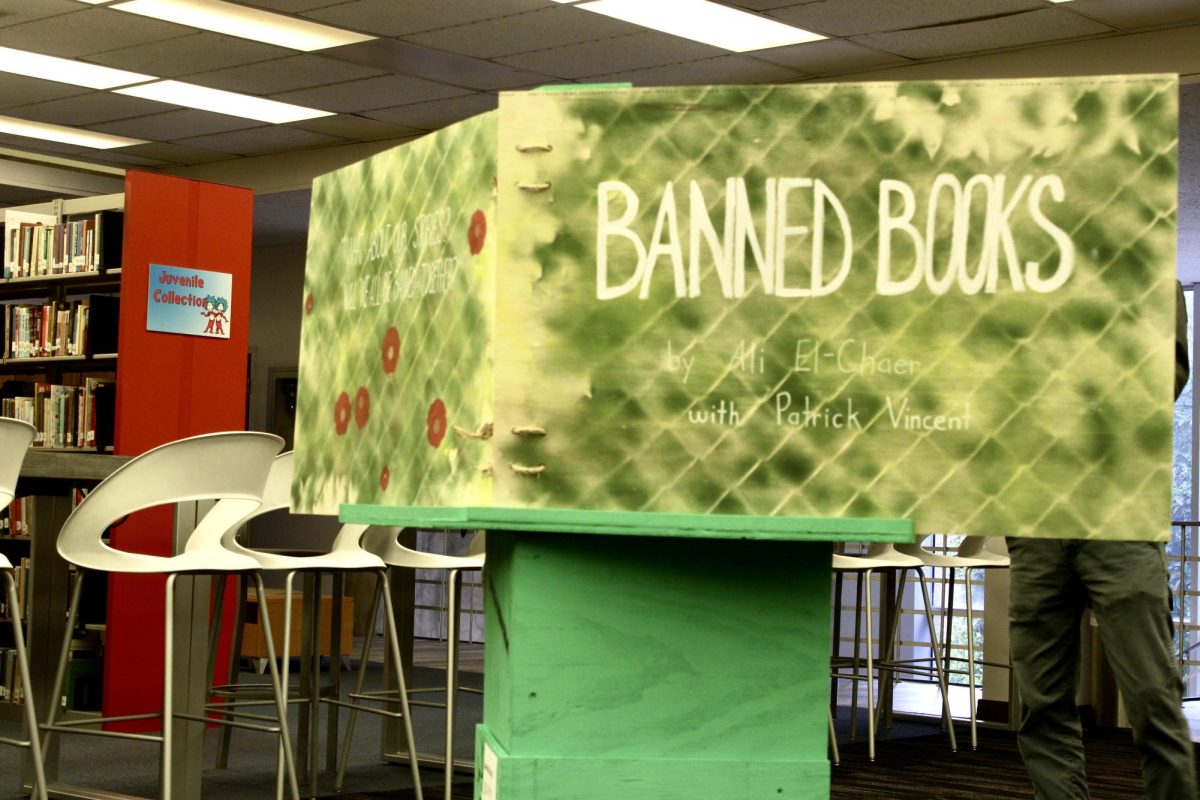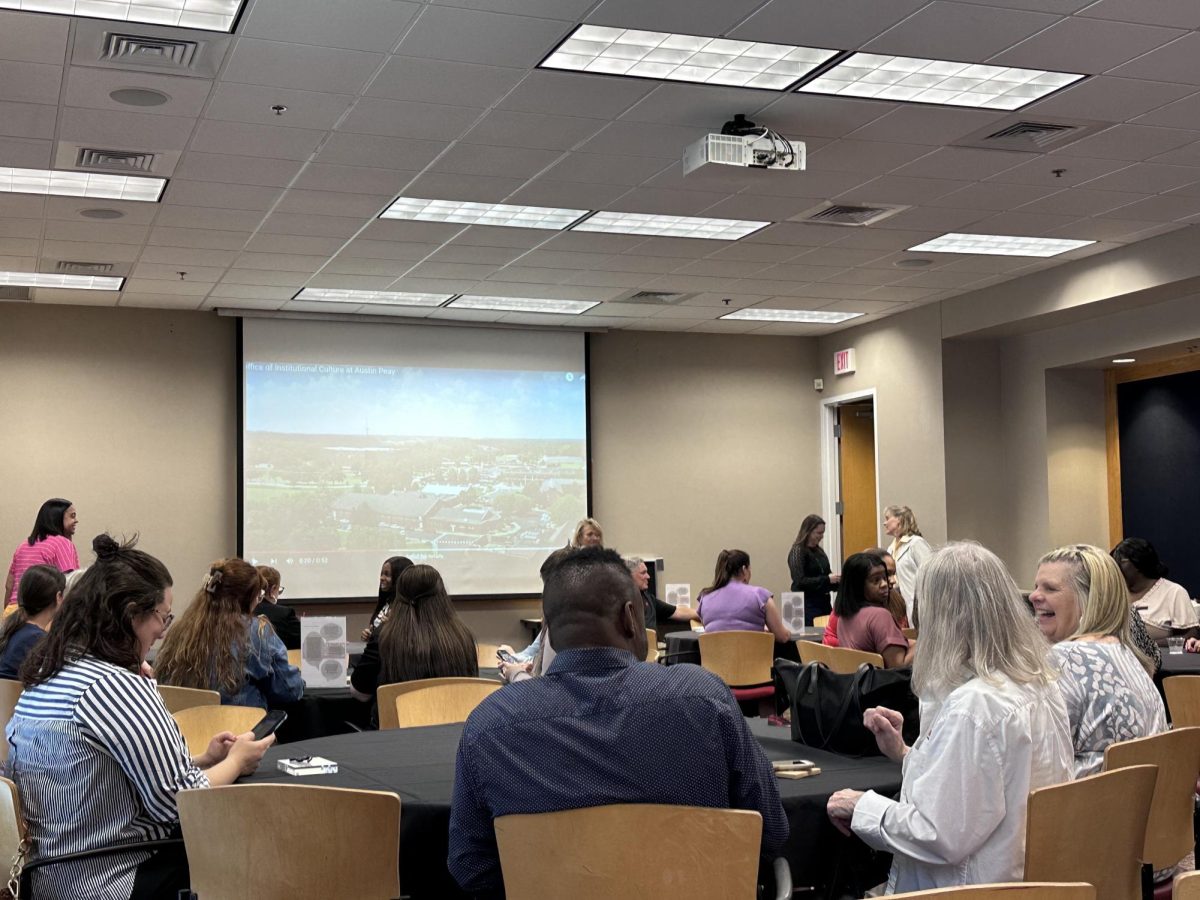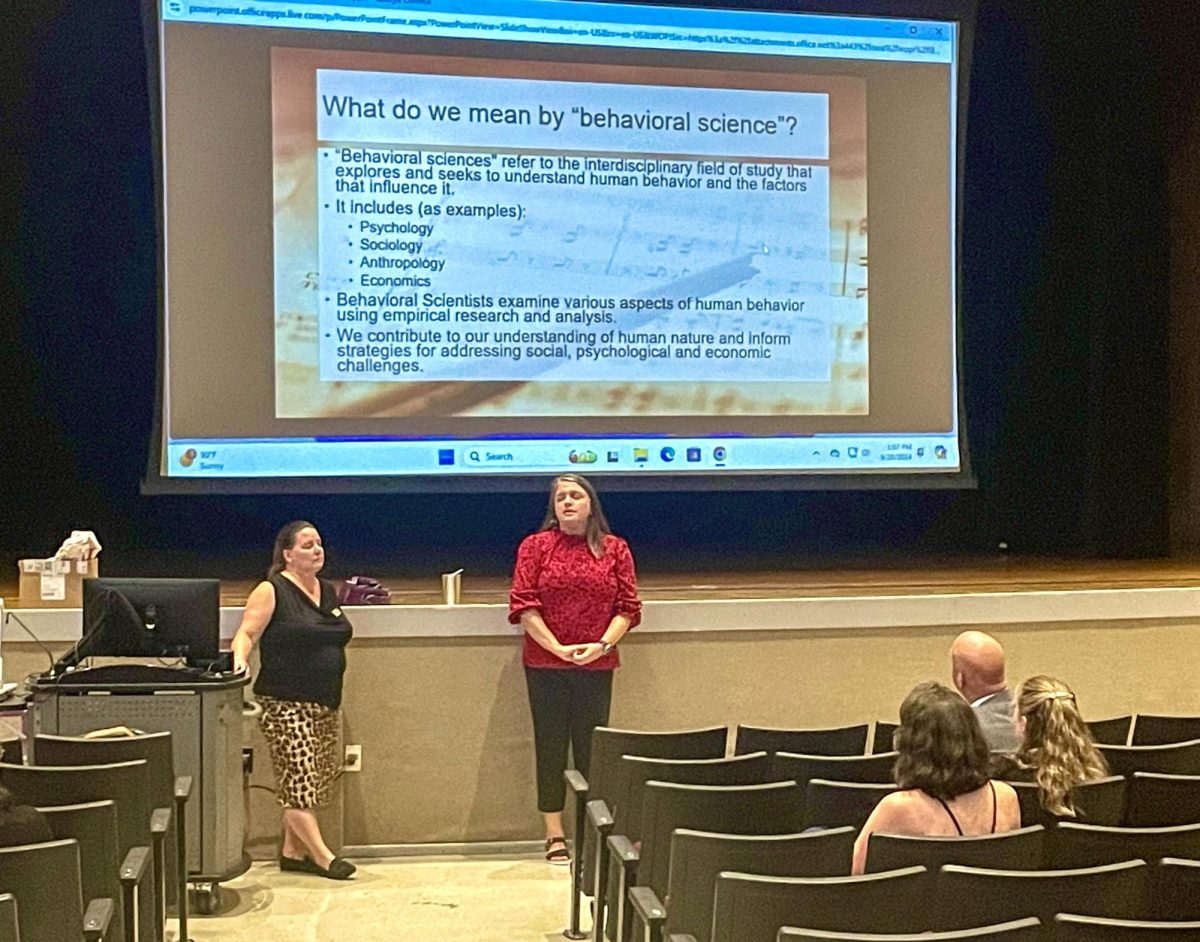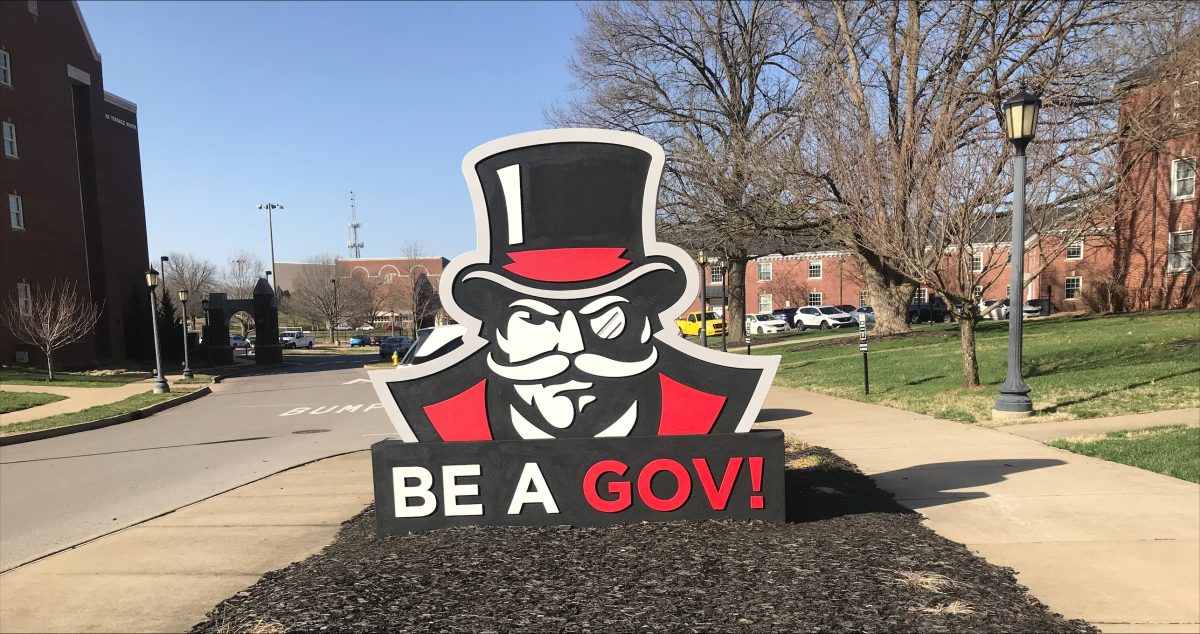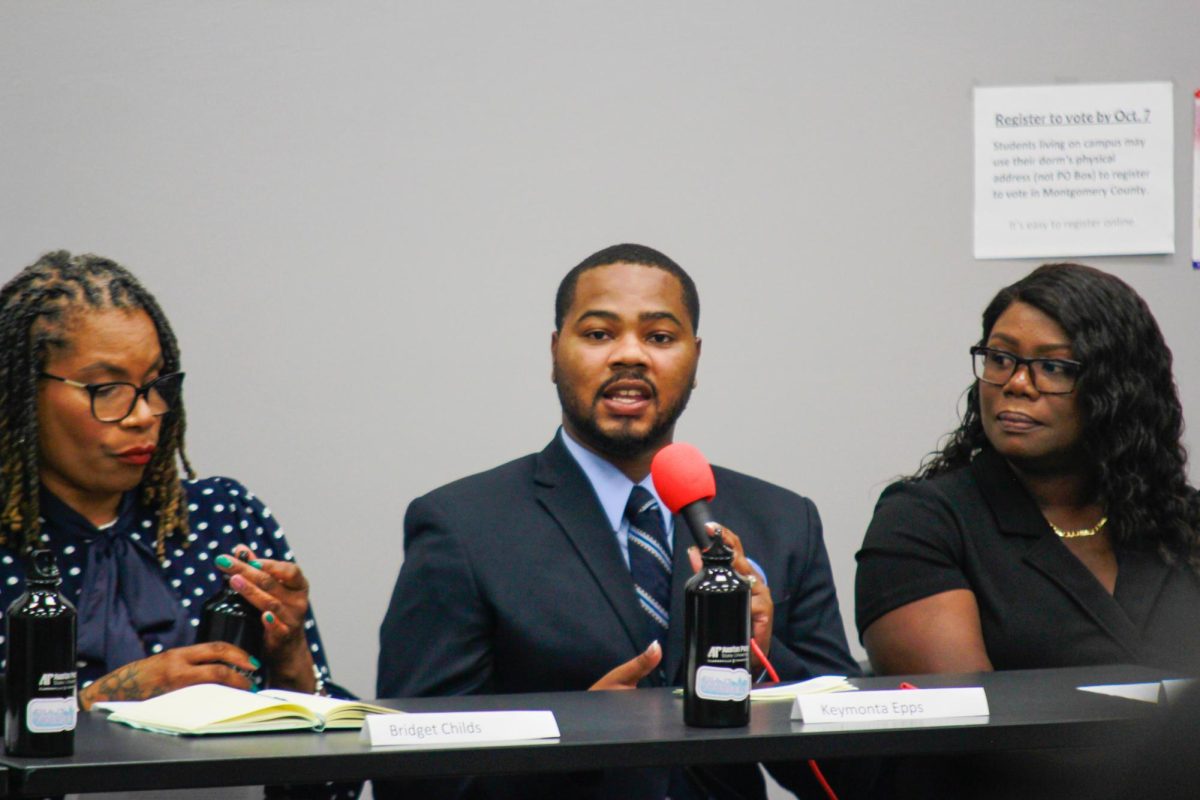CLARKSVILLE, Tenn. — Held in Waikoloa, Hawaii, the 2017 Glass and Optical Materials Division Meeting (GOMD) of the Materials Ceramic Society was an international affair, attracting hundreds of scientists from over 25 countries. More than just a professional conference, GOMD also welcomed students from around the world, giving each a chance to learn from experts and discover the next steps in their academic and professional careers.
By its nature, research is competitive, and GOMD’s student poster competition is no different. Held each year, the competition provides students the chance to weigh their work against peers and attract the attention of major corporations, laboratories and graduate programs. This year, it was Austin Peay State University that turned heads as chemistry major Maria White received first place for her project.
“I have worked very hard on this project now for a long time, and (first place) means so much because this conference was exclusively for glass and ceramics and was full of experts,” White said. “I always say that I’m not that interested in awards and honors and I do it because I love being in a lab, working on a problem and learning.
“But I will say I was secretly happy about winning.”
White’s project, titled “Technological Aspects and Characterization of Solution-based Arsenic Selenide Thin Films,” edged out projects from major universities, including UC Davis, Brigham Young, UCLA, as well as international universities from the UK, France, Turkey, Germany and Korea.
A member of APSU’s “Glass Group,” a partnership of physics and chemistry students conducting research on crystalline materials, White’s work focused on preparing thin films of glass for use in infrared optics.
“Obtaining the technological aspects to make arsenic-rich spin coated thin films took time and dedication,” White said. “I was able to obtain good quality films last summer and since then I have been bettering them, so now, we get good reliable and reproducible films.
“The first part (of the presentation) was the making of the films, and the second part was the analysis. We presented all aspects that we have been studying at the conference.”
White credited APSU physics professor Dr. Andriy Kovalskiy for preparing her to present her findings. Because she would be held to a high standard of examination, White said Kovalskiy’s expertise reinforced her strengths — and ensured she could answer questions on unfamiliar concepts.
Kovalskiy is one of a number of APSU Department of Physics and Astronomy faculty members who work alongside and mentor the APSU Glass Group. The longtime researcher and educator said that his student’s success is the product of intense work — as well as the help of her fellow research teammates.
“Starting in the Spring 2016 semester, Maria spent hundreds of hours in the lab, optimizing quite complex technological process for spin-coating of these films and she finally got results which deserved international recognition,” Kovalskiy said. “Her award is also really a shared success of our entire group, including current physics majors Joshua Allen and Jonathan Bunton, as well as recent graduate Laura Nicholls.”
APSU physics professor Dr. Justin Oelgoetz works with White’s Glass Group and said her GOMD experience will be valuable in both the immediate and long-term future of White’s career.
“I think one of the big things is that it validates her role in the work,” Oelgoetz said. “This award is the kind of thing that will be on her CV even after she has earned her Ph.D. She was talking to scientists from a number of R1 research universities and major corporations, and she was being compared to other students and graduate students from all over the world. This award tells us that they’ve found her, and her efforts are among the best they’ve seen.”
Although she will graduate from APSU with a degree in chemistry, White said her time working with Kovalskiy’s Glass Group has opened her eyes to physics. The opportunity to conduct hands-on research as an undergraduate alongside experts in the field, White said, has prepared her for the future and given her opportunities she never considered possible.
“The beauty about the physics department at APSU is that they treat students as graduate students. Our research is serious, and our professors are also serious about it,” White said. “I think the physics department is tremendous not just for their knowledge, but because they believe in their students. This is the kind of environment any student can succeed in, and I hope in my graduate years and beyond, I can learn from a group of people like the ones in the physics department at APSU.”
For more information on APSU’s College of STEM, visit www.apsu.edu/costem.




